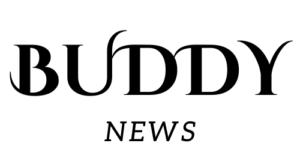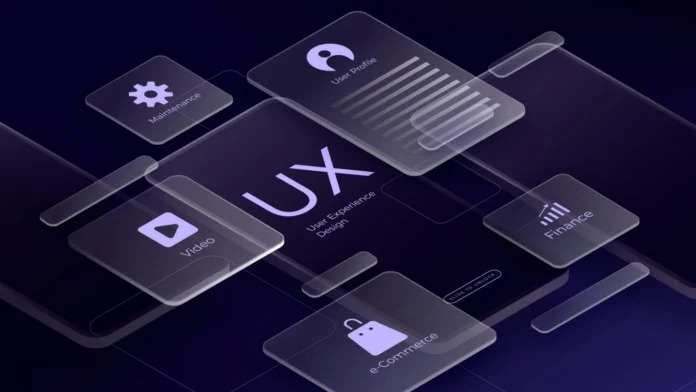Introduction
In recent years, dark mode has become a prominent trend in web design, captivating users and transforming the digital landscape. With its sleek and sophisticated aesthetic, dark mode offers a refreshing alternative to the traditional light-colored interfaces that have long dominated the online realm. This design concept revolves around the use of dark backgrounds, typically combined with lighter text and elements, creating a visually striking and immersive experience for users.
One of the driving forces behind the rise of dark mode is its practicality and functionality. Dark interfaces not only enhance the visual appeal but also provide numerous benefits in terms of usability and user experience. By reducing the amount of emitted light, dark mode minimizes eye strain and fatigue, especially in low-light environments, making it a popular choice among users who spend extended periods in front of screens. Furthermore, dark mode can conserve device battery life, particularly on OLED and AMOLED displays, as fewer pixels need to be illuminated, resulting in improved energy efficiency. As a result, many popular websites, applications, and operating systems have embraced dark mode, enabling users to customize their digital experiences and enjoy a more comfortable and power-efficient browsing experience.
The Rise of Dark Mode
The rise of dark mode in web design can be attributed to several factors that have contributed to its popularity among both designers and users. One significant factor is the increasing prevalence of devices with OLED and AMOLED screens. These display technologies offer deep black levels by individually illuminating pixels, making dark mode visually striking and providing a stark contrast against the vibrant content. As more users adopt devices with such displays, the demand for dark mode experiences has surged.
Moreover, the rise of dark mode can be seen as a response to the growing awareness of the impact of digital screens on our well-being. With people spending more time interacting with digital devices, concerns regarding eye strain and fatigue have become more prevalent. Dark mode offers a solution by reducing the amount of emitted light and providing a more comfortable viewing experience, particularly in low-light environments. As a result, both users and designers have embraced dark mode as a way to prioritize usability, reduce eye strain, and create visually appealing interfaces.
Enhancing User Experience with Dark Mode
Dark mode has emerged as a powerful tool for enhancing user experience in web design. By switching to a dark interface, websites and applications can create a more immersive and focused environment for users. The reduced brightness of the screen in dark mode helps to minimize eye strain, particularly in low-light conditions, allowing users to engage with content for longer periods without discomfort. This improvement in usability is particularly valuable for individuals who spend significant amounts of time browsing or working on digital devices.
Additionally, dark mode has the advantage of highlighting content and improving visual hierarchy. With a dark background, elements such as text, images, and buttons can stand out more prominently, grabbing the user’s attention and facilitating easier navigation. This heightened contrast creates a sleek and modern aesthetic, elevating the overall user experience. Dark mode has become synonymous with elegance and sophistication, making it a desirable choice for designers looking to create visually striking interfaces that leave a lasting impression on users.
Dark Mode and Visual Comfort
Dark mode has become synonymous with visual comfort in web design, and companies like web design company long island have recognized its significance. With its reduced brightness and contrast, dark mode creates a soothing visual environment that minimizes eye strain and fatigue. The darker background helps to alleviate the harshness of bright screens, particularly in low-light conditions, providing users with a more enjoyable and comfortable browsing experience.
Dark Mode and Battery Life
Dark mode has proven to be not just a design preference but also a practical solution for improving battery life, a concept that web designers have been quick to embrace. When users switch to dark mode, particularly on devices with OLED or AMOLED screens, the amount of pixels that need to be illuminated is significantly reduced. Since these display technologies individually light up pixels, dark mode helps conserve battery power by minimizing the energy consumed by the screen. This energy-efficient approach has become increasingly important as users rely on their devices for longer periods, making dark mode a sought-after feature.
Web designers, including those at leading companies, have recognized the impact of dark mode on battery life and have incorporated this trend into their designs. By implementing dark backgrounds and using lighter-colored text and elements, they enable users to enjoy extended browsing sessions without rapidly draining their device’s battery. This consideration for energy efficiency showcases the adaptability of web designers who strive to enhance user experiences not only in terms of aesthetics but also in practical aspects such as battery life.
Dark Mode as a Design Trend
Dark mode has transcended from being a mere design trend to a ubiquitous feature in the digital landscape. It has captivated users with its sleek and modern aesthetic, prompting web designers to integrate it into their creations. The popularity of dark mode lies in its ability to create a visually striking interface by employing dark backgrounds contrasted with lighter elements. This design trend has not only elevated the overall aesthetics of websites and applications but also has become a symbol of sophistication and elegance in the digital realm.
As a design trend, dark mode offers a plethora of creative possibilities for web designers to explore. Its versatility allows for the seamless integration of various color schemes, enhancing the overall visual appeal. Whether it is a minimalist approach with monochromatic shades or a vibrant and contrasting palette, dark mode serves as a canvas for designers to experiment and innovate. The wide adoption of dark mode by leading brands and platforms further solidifies its position as a design trend that is here to stay, shaping the future of web design with its timeless allure.
Conclusion
As we move forward, dark mode will likely continue to evolve and shape the landscape of web design. Its versatility and creative possibilities will inspire designers to push boundaries and experiment with different color schemes and visual elements. With its widespread adoption and timeless allure, dark mode will undoubtedly remain a prominent feature in web design, captivating users and transforming the way we interact with digital interfaces.

